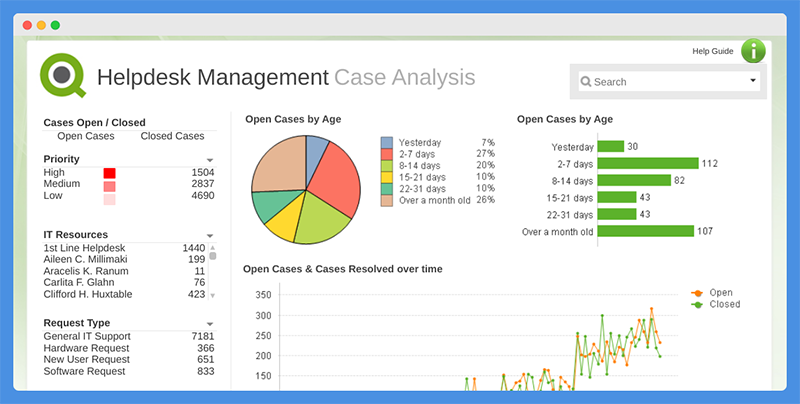Personal Career & Learning Guide for Data Analyst, Data Engineer and Data Scientist
As a data analyst, you need to be familiar with a variety of data analysis techniques and tools to effectively analyze data. One of these tools is the IntervalMatch function in QlikView. In this article, we’ll take a closer look at IntervalMatch, what it is, and why it’s so important for data analysts.
What is IntervalMatch in QlikView?
IntervalMatch is a function in QlikView that allows you to match data based on ranges or intervals. This function is useful when you want to group data into different categories based on specific criteria. For example, you might want to group sales data into different categories based on sales amounts.
Why is IntervalMatch Important for Data Analysts?
IntervalMatch is important for data analysts because it allows you to categorize data based on specific criteria. This can be useful when you want to analyze data that doesn’t fit neatly into categories. For example, if you have a dataset with sales amounts, you might want to group sales amounts into different categories based on the amount of the sale.
IntervalMatch also makes it easier to analyze data over time. For example, if you have a dataset with sales data over time, you can use IntervalMatch to group sales data into different categories based on the date of the sale. This makes it easier to see trends and patterns over time, and to make decisions based on the data.
How to Use IntervalMatch in QlikView?
To use IntervalMatch in QlikView, you need to use the QlikView Desktop. This is a graphical user interface that allows you to create, edit, and manage your QlikView documents.
To use IntervalMatch, you first need to create a script in the QlikView Script Editor. This script will define the intervals or ranges that you want to match data to. For example, you might define ranges for sales amounts, such as $0-$999, $1000-$4999, and $5000 and above.
Once you’ve created your script, you can test it and make any necessary adjustments. You can also save your script, so that you can reuse it in other projects.
Once you’ve created your script, you can use IntervalMatch in your data analysis. To do this, you simply need to write a formula that includes IntervalMatch. For example, if you want to match sales data to your defined ranges, you can write a formula like “IntervalMatch(SalesAmount, RangeStart, RangeEnd)”.
Conclusion
In conclusion, IntervalMatch is an important tool for data analysts using QlikView. It allows you to categorize data based on specific criteria, and it makes it easier to analyze data over time. Understanding how to use IntervalMatch in QlikView is an important part of becoming a successful data analyst. Whether you’re a beginner or an experienced data analyst, taking the time to learn about IntervalMatch and how to use it in QlikView will help you to become more efficient and effective in your data analysis tasks.
QlikView for Data Analyst – QlikView – IntervalMatch
 Loading...
Loading...
Latest end-to-end Learn by Coding Projects (Jupyter Notebooks) in Python and R:
All Notebooks in One Bundle: Data Science Recipes and Examples in Python & R.
End-to-End Python Machine Learning Recipes & Examples.
End-to-End R Machine Learning Recipes & Examples.
Applied Statistics with R for Beginners and Business Professionals
Data Science and Machine Learning Projects in Python: Tabular Data Analytics
Data Science and Machine Learning Projects in R: Tabular Data Analytics
Python Machine Learning & Data Science Recipes: Learn by Coding
R Machine Learning & Data Science Recipes: Learn by Coding
Comparing Different Machine Learning Algorithms in Python for Classification (FREE)
There are 2000+ End-to-End Python & R Notebooks are available to build Professional Portfolio as a Data Scientist and/or Machine Learning Specialist. All Notebooks are only $29.95. We would like to request you to have a look at the website for FREE the end-to-end notebooks, and then decide whether you would like to purchase or not.
